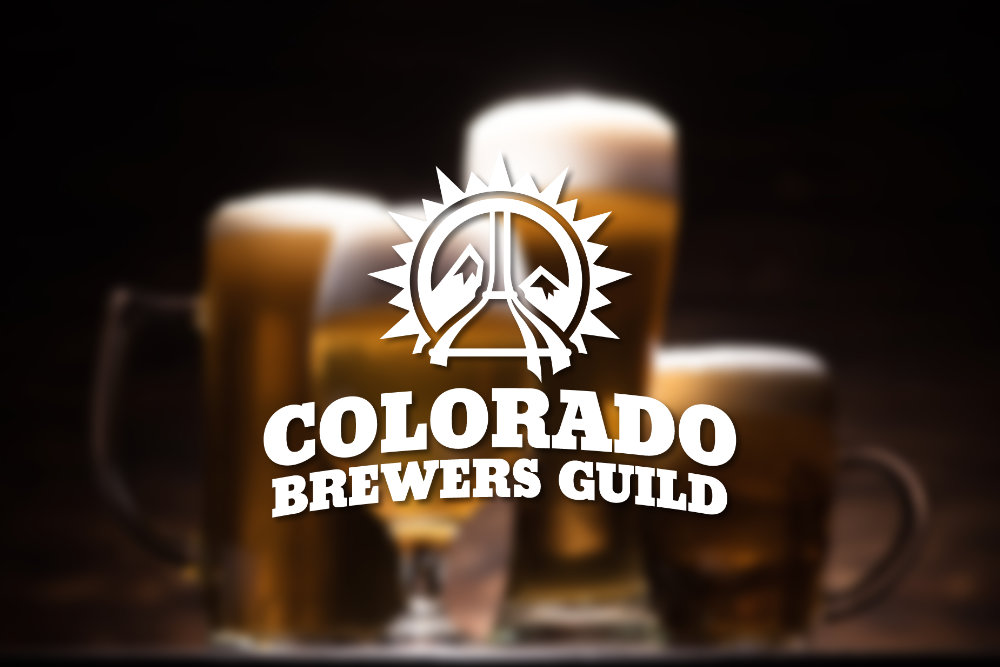For Inspection, Handling, Washing, Filling, Maintenance and Repair
Written for the Colorado Brewers Guild by Jon Graber, Micro Matic Packaging Division
Kegs are a robust and durable package; therefore their inspection for safety and integrity as containers for quality draft beer is often neglected. It’s common for kegs to have suffered damage or years of normal wear-and-tear resulting in compromised safety and quality assurance. Less common, but a real threat is posed by unauthorized individuals tampering with your kegs. Yet these kegs will continue to cycle into and out of your brewery and distributors’ and customers’ premises without an inspection program.
To mitigate the threats posed by these kegs to your draft beer quality and customer satisfaction, proactive steps must be taken toward segregation and quarantine of kegs that should no longer be used – needing repair or to be scrapped. For this to occur reliably, everyone who handles your kegs must be on board and have at least minimal training for identification of these kegs.
Brewery personnel specifically handling kegs daily; especially those who will conduct cleaning, repair and maintenance of kegs; must have high-level training. This training should be based on written SOP, using best practices and using only proper techniques and tools.
This set of Best Practices guidelines, in three parts should be used as intended: providing guidelines to build your own in-house program and SOP specific to your brewery’s operations and requirements. It should not take the place of a comprehensive training manual or SOP customized to your brewery.
Part 1, Keg Inspection for Safety and Quality Assurance
1A – Keg Hazards at Retail: providing guidelines for training sales and delivery staff, bartenders and bar backs, taproom personnel – how to recognize a keg that should not be used
1B – Circlip Safety at the Brewery: providing first-look inspection guidelines for the possibility of a critical hazard – a circlip that has been tampered with, incorrectly installed, or missing completely
1C – Inbound Keg Checklist: providing comprehensive listing and images of nearly everything that can go wrong with a keg – inspect every keg! And stop using those that are compromised
1D – Valve Failures: providing detailed descriptions and common causes of six different types of keg valve failures
1E – Blown Kegs: providing diagrams and images of “blown” kegs – kegs that have been subjected to such high internal pressure that the top and bottom domes have been stretched permanently, and why these kegs must no longer be used
1F – Color-coding Chart: providing a tool for use in cycling all kegs through a preventative maintenance program, repairing or replacing the keg spear on a calendar-age basis








